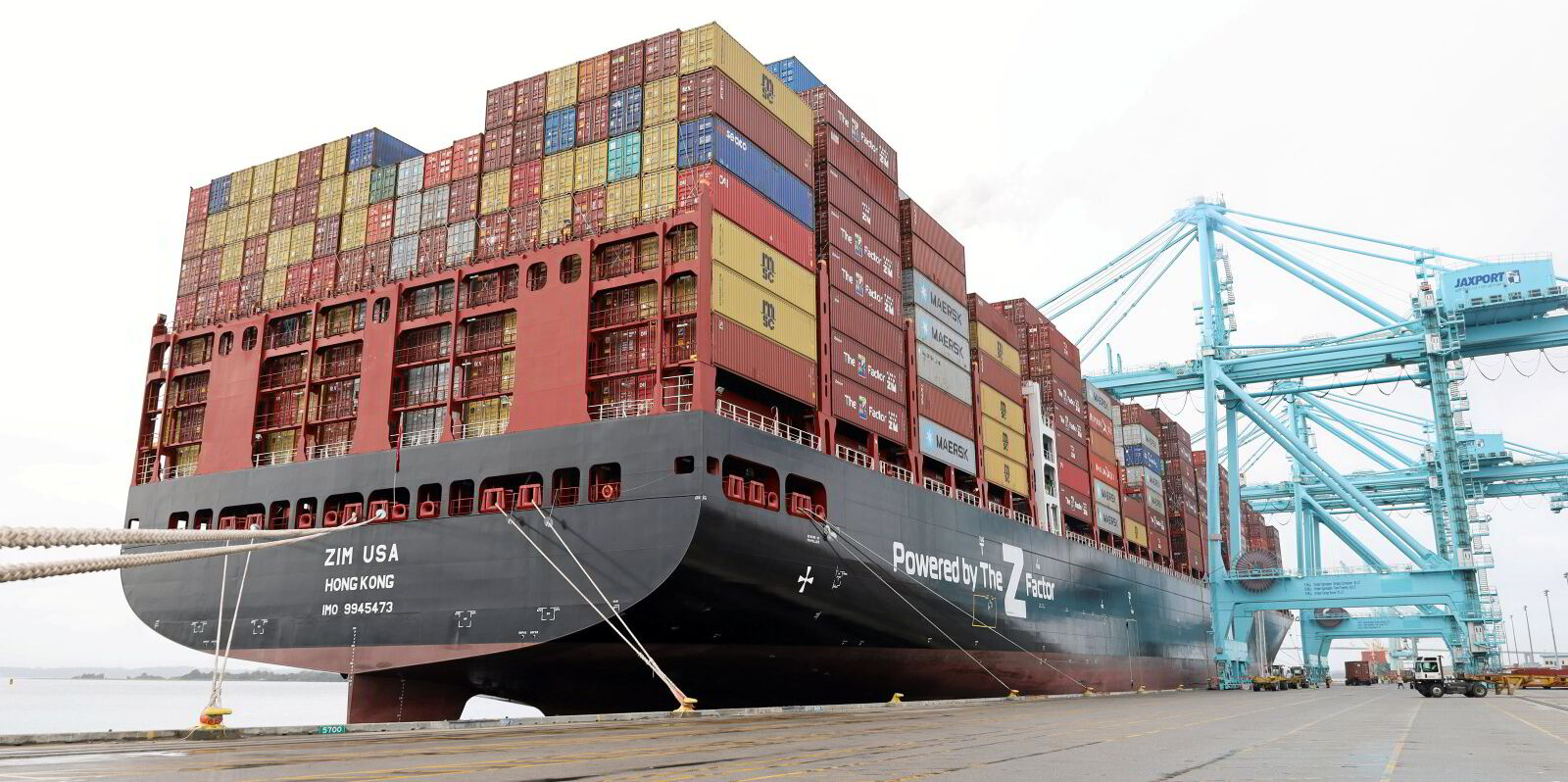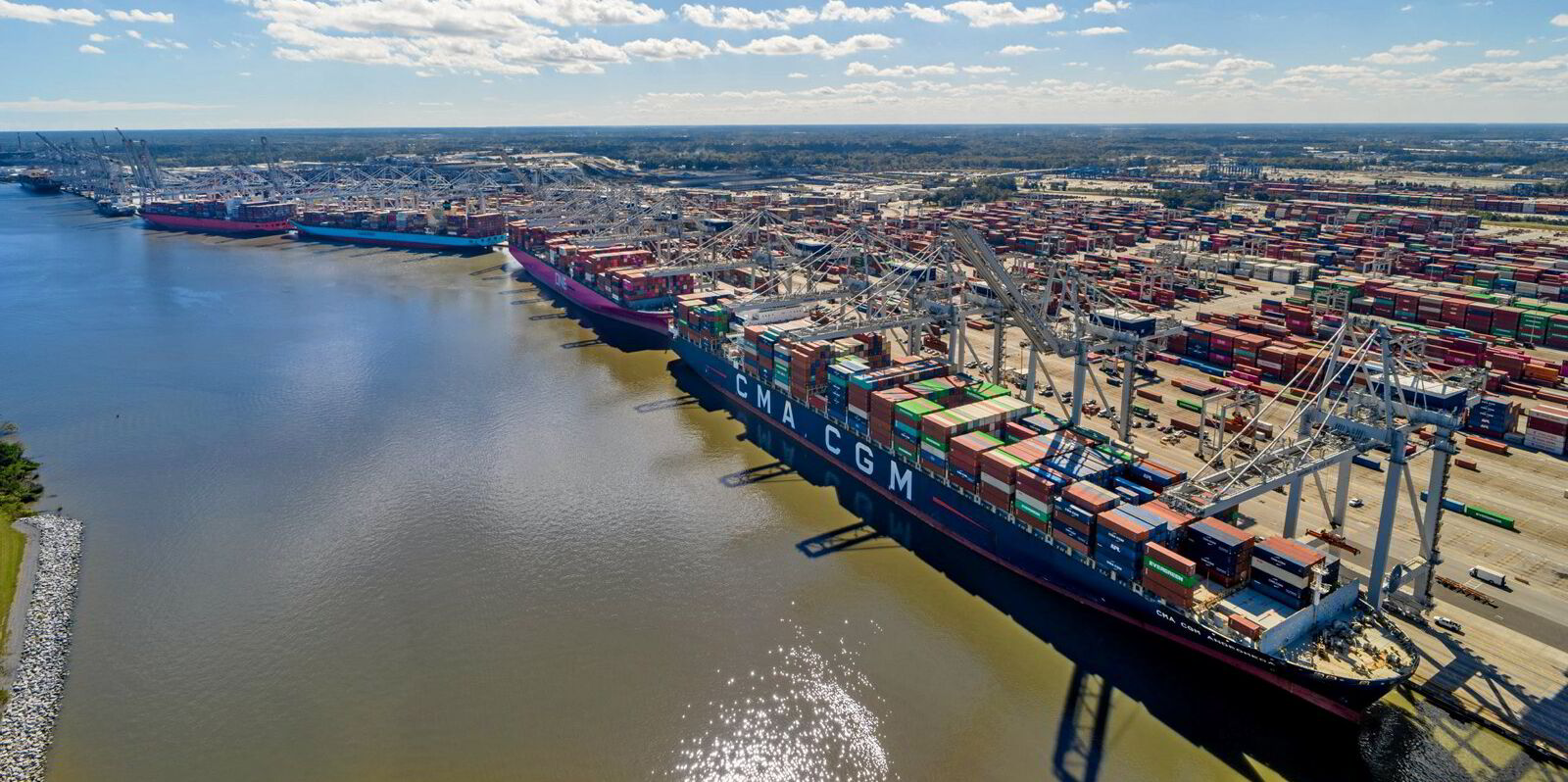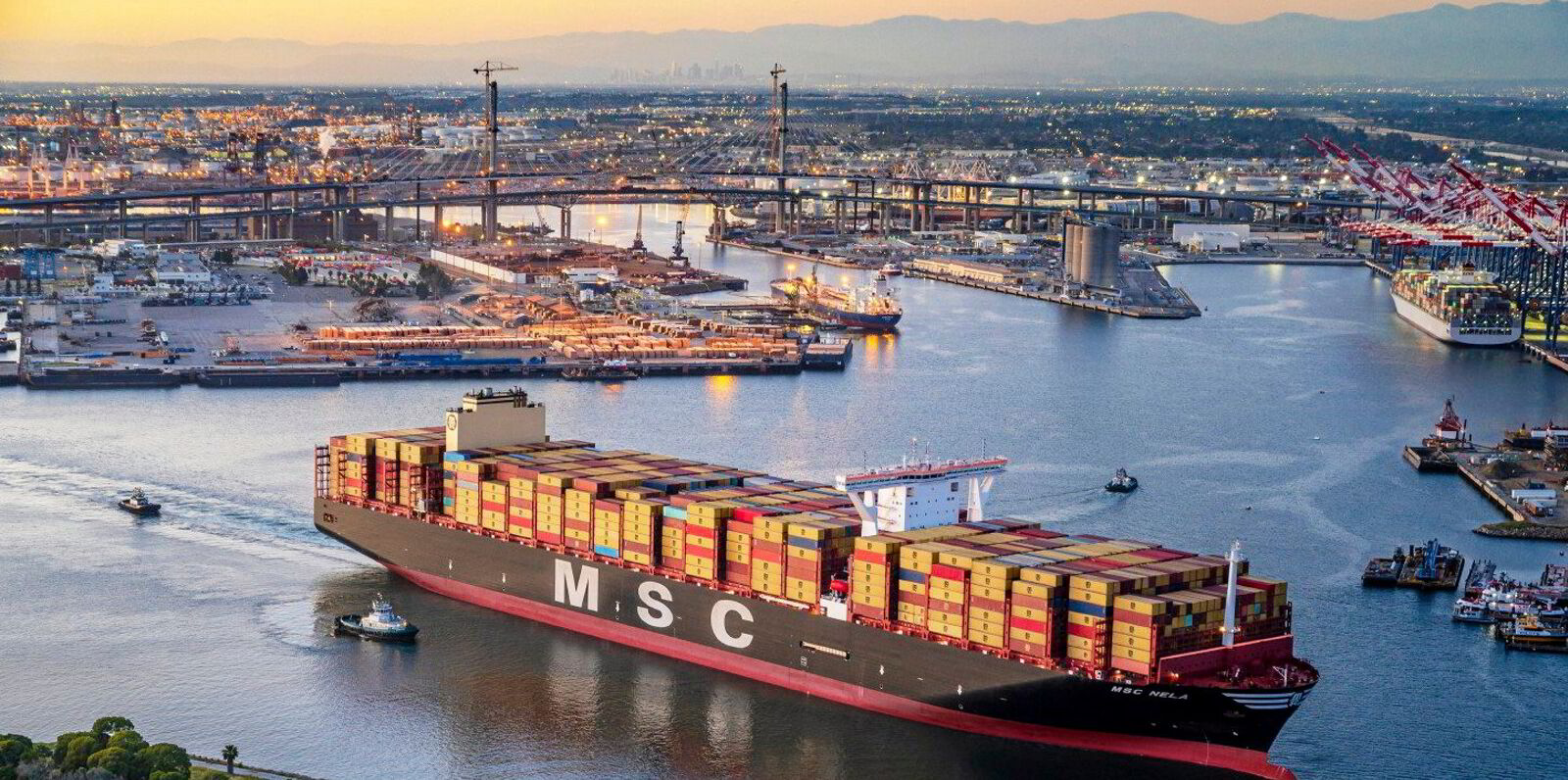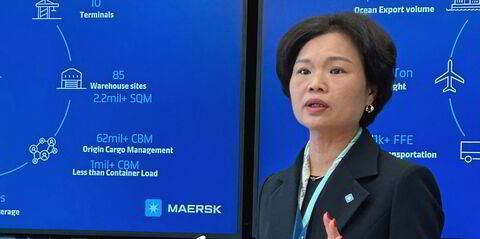Shippers of retail goods are moving imports to the US forward, in part bracing for a potential shutdown of container ports from Maine to Texas, a supply chain watcher says.
Jonathan Gold, the National Retail Federation’s vice president for supply chain & customs policy, said retailers have taken steps to mitigate the potential of disruption amid a stalemate between port employers and the dockworkers union on the US Gulf Coast and Atlantic seaboard.
Potential strikes, slowdowns or shutdowns when a collective bargaining contract ends at the close of September are among factors leading to an early start to the peak shipping season.
“Retailers are bringing product in a little bit earlier than they normally would to ensure that they’ll have products here on time,” Gold told TradeWinds.
“Part of that is the labour negotiations. Part of that also is the ongoing supply chain disruptions we’re seeing — the impacts of the attacks in the Suez and other issues as well.”
As TradeWinds has reported, the International Longshoremen’s Association (ILA) cancelled talks with the port employers’ group on 10 June — the day they were scheduled to begin.
Since then, union president Harold Daggett has said strikes are more likely as the deadline to seal a deal with the US Maritime Alliance (USMX) draws closer.
Gold said retailers have also begun to shift some cargo from eastern ports to the West Coast, with volumes rising at the ports of Los Angeles and Long Beach.
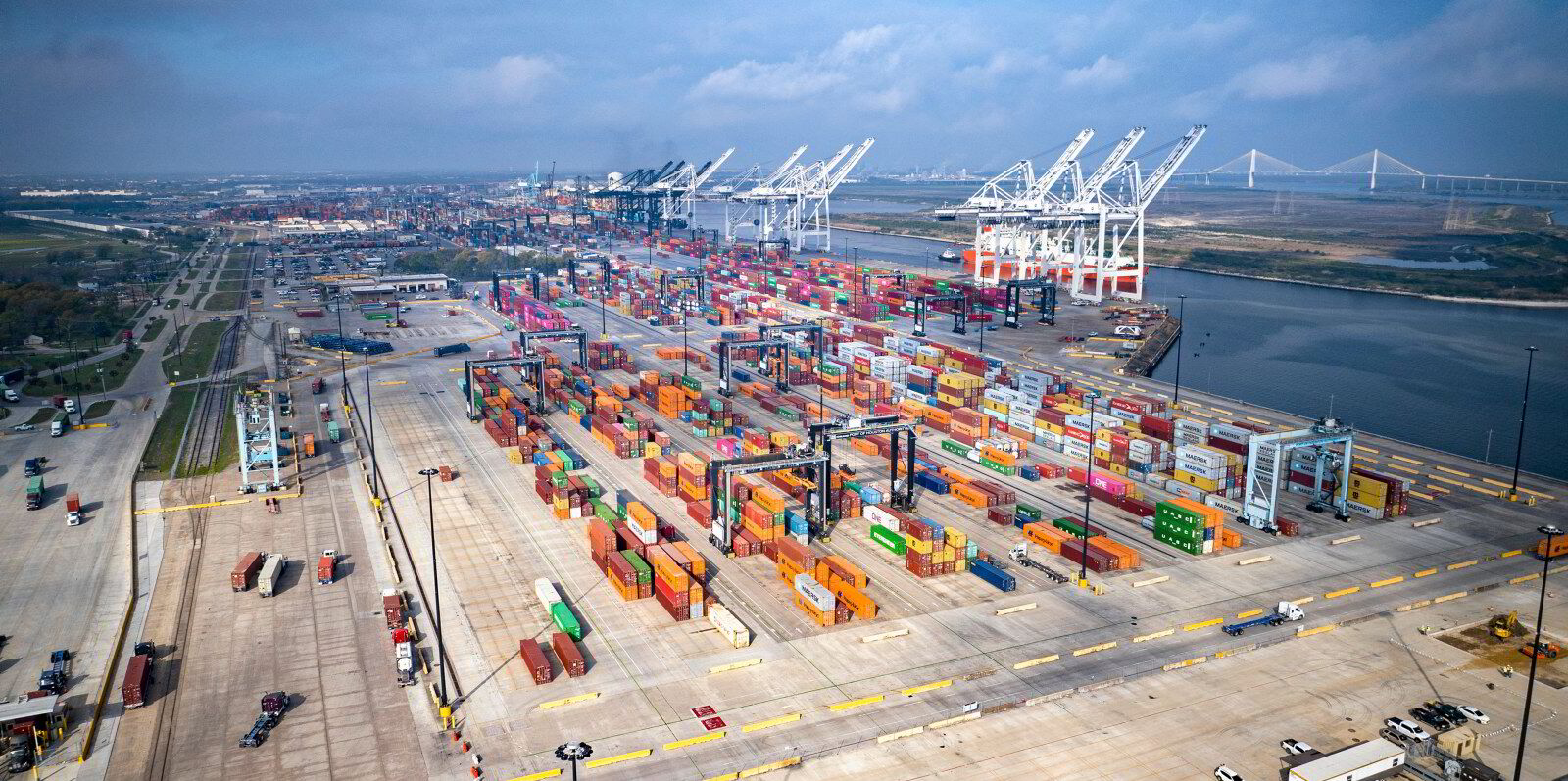
1 New York/New Jersey: 9.91m teu
2 Savannah: 5.89m teu
3 Houston: 3.97m teu
4 Virginia: 3.7m teu
5 Charleston: 2.79m teu
6. Jacksonville: 1.31m teu
7 Miami: 1.1m teu
8 Baltimore: 1.07m teu
9 Port Everglades (Fort Lauderdale): 1.01m teu
10 New Orleans: 1m teu
“That’s all part of the plan for what shippers are looking at going forward — trying to ensure that their supply chains are free from disruption as best as they can,” he said.
On Wednesday, the Port of Los Angeles reported processing nearly 828,000 teu in June, a 10% increase over the previous month and a slight increase compared with the numbers reported in June last year, which was the highest month of 2023.
Executive director Gene Seroka said he is optimistic about the rest of the year, in part because of a robust economy and available throughput capacity to handle more cargo.
“We may see additional cargo as a hedge to various issues happening around the world today. Since last November, importers and exporters have told me they have been considering shifting some volume to Los Angeles in case those circumstances become more pronounced,” he said in a media briefing.
He did not refer to woes at eastern ports as a reason, and the Red Sea crisis that has plagued the Suez Canal route since November is also probably a factor.
“The bottom line: here in Los Angeles we’re prepared to take on more cargo,” Seroka said.
Container freight rates are already hovering around their highest levels of the year.
China to US East Coast rates dipped to $9,553 per 40-foot equivalent unit (feu) on Wednesday, down from the year-to-date high of $9,762 on 9 July, according to the Freightos Baltic Index.
Spot rates for the trade lane serving the US West Coast slipped to $7,706 per feu , from the 2024 peak of $8,213 on 3 July.
During the last contract negotiations between the ILA and the employers group — whose membership includes major line operators AP Moller-Maersk, MSC Mediterranean Shipping Company, CMA CGM and Cosco Shipping Lines — the two sides were more willing to extend the current contract until a final deal was done.
But this time, union leaders have ruled out any extensions.
Gold urged the ILA and USMX to return to the bargaining table to avoid a strike and its impact on the economy.
The National Retail Federation has joined other trade groups in calling on the Biden administration to act, and Gold said he would like to see the government encourage both sides to resume negotiation.
“We all saw what disruption was caused when we had congestion based on what happened during Covid, when you’ve got a complete shutdown of all the East Coast and Gulf Coast ports,” he said.
“That’s going to be dramatic, and it’s going to have a significant, significant impact.”
